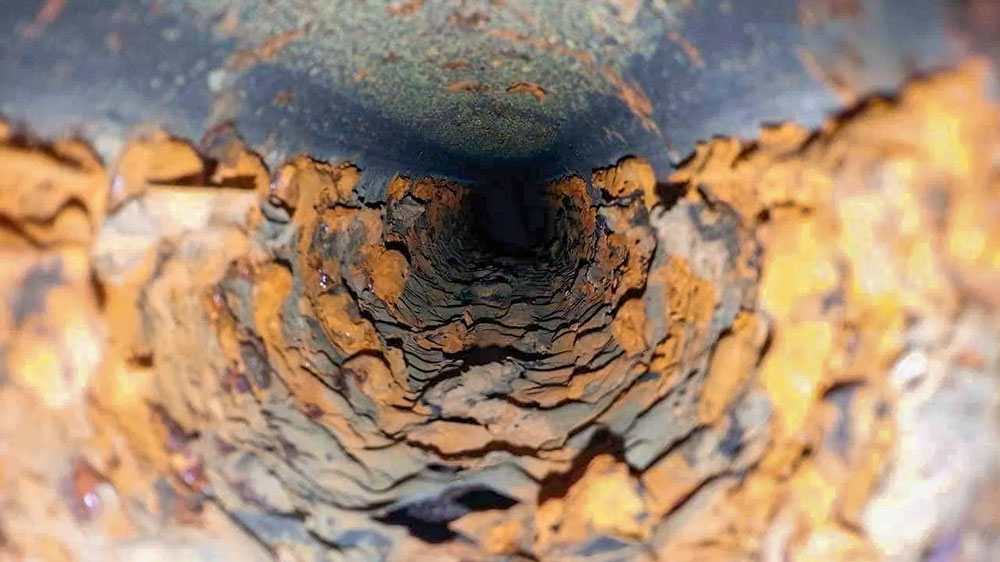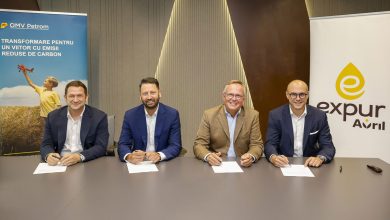A Modern Approach to Pipeline Rehabilitation
The present civilization is surrounded by steel pipes, many of them placed underground. In conditions in which in the major European cities one cannot excavate to replace a pipeline (which should also happen in Romania), and landowners in rural areas no longer allow access to those who replace pipelines, a solution that the Americans have been using for about two decades, but which is in the pioneering phase in our country, is necessary.
The integrity of pipelines during the transportation of flammable fluids requires the development or implementation of rehabilitation works that ensure their performance over time in a cost-effective way, due to the high and potential costs that result from failure (loss of life, damage to property, and penalties from service interruption).
Rehabilitation works
Some pipelines transport fluids with explosive potential, such as natural gas pipelines. As the years passed, due to factors such as the lack of cathodic protection, the reduction of the soil resistivity or the deterioration of the anticorrosive insulation, the phenomenon of corrosion appears, which leads to the loss of metal in the body of the pipeline and, finally, the loss of its integrity.
At this time, the fluid with explosive potential is discharged into the environment, with high risks of human or environmental accidents. In order to avoid such situations, it is necessary to monitor the pipelines in time, using non-invasive techniques to diagnose their technical condition.
The DCVG method for identifying insulation defects of surface pipelines, without excavation, is based on the injection of pulsating DC current into the pipeline and measuring the voltage gradient generated in the soil at the points where the corrosion insulation is damaged. Thus, each insulation defect is easily and precisely identified, allowing the pipeline operator to take the necessary measures to prevent damage.
In the last phase of life of the pipeline, it is necessary to rehabilitate it in order to prevent leakage of fluids into the environment.
In the case of urban pipelines or pipelines located in areas where the landowners do not allow access for intervention, the modern approach is based on the ‘lining’ type methods that involve trenchless intervention along the pipeline.
A multilayer textile tube, soaked in epoxy resins, is inserted inside the existing pipeline through the inversion process, under pressure and at constant speed. In order ensure the mechanical strength of the tube, one of its inner layers is made of Kevlar. After the insertion of the textile tube and the hardening of the epoxy resin, a new pipeline is obtained inside the existing one. The old pipeline remains underground without having any role in the transport of the fluid, its place being totally taken over by the new inner pipeline (liner). At the end of the operation, the CCTV inspection is performed inside the pipeline for the acceptance of the rehabilitation works.
This approach, used by the company IAT Engineering & Design for some projects for Conpet, allows the rehabilitation of steel pipelines to technical parameters according to the applicable standards, in any area where classical excavation access is not possible, a situation encountered very often in contemporary society.



